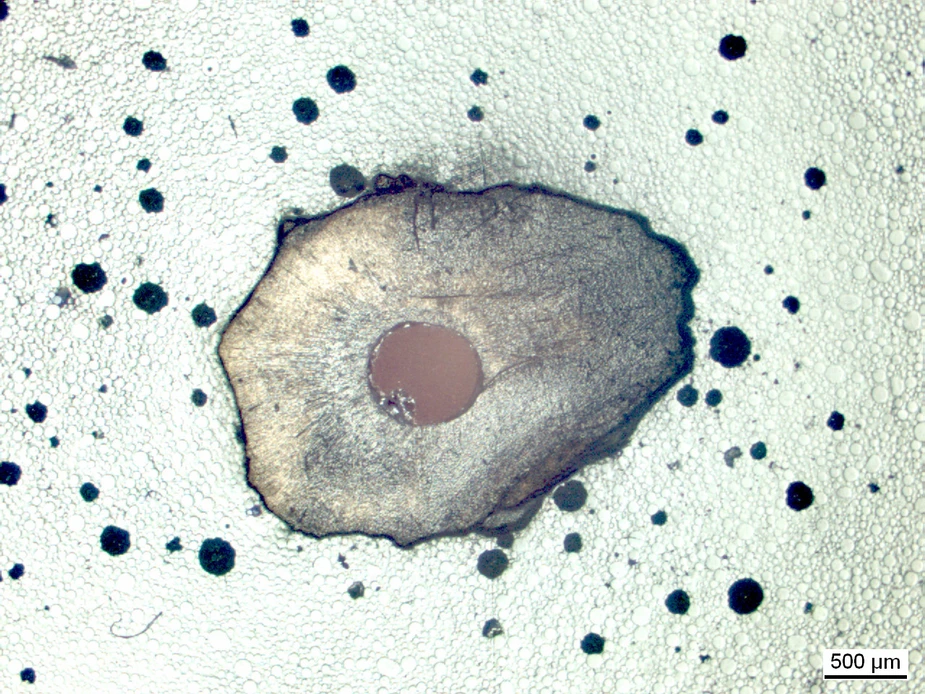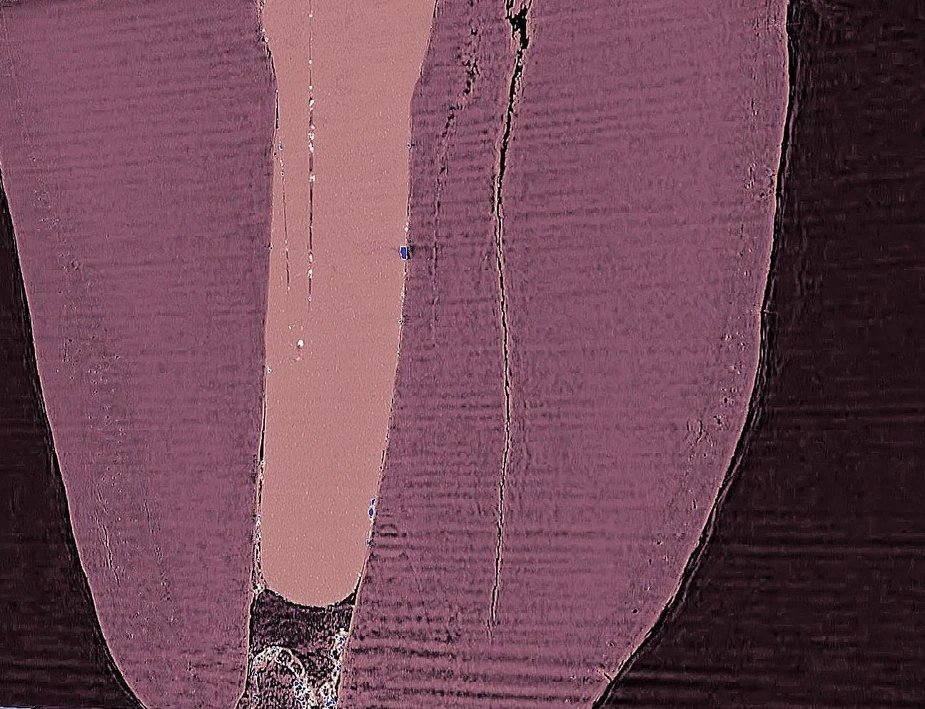Root canal treatment procedures investigated at BESSY II
Scientists examined whether mechanical procedures during dental root treatment contribute to micro fractures
Root canal treatment is sometimes necessary to resolve severe infection, and often saves teeth from being extracted. The procedure involves drilling an opening through the crown in order to reach the inflamed pulp (infected soft tissue containing blood vessels and nerves). The pulp is removed, the root canals are enlarged and disinfected and the cleaned root canals are hermetically sealed prior to tooth reconstruction.
Possible causes for micro fractures
One unfortunate possible complication of this treatment is root fracture which usually leads to tooth loss. Causes for such fractures are not fully understood, but some researchers have suggested that stresses in the roots arising from the mechanical instrumentation or filling procedures during treatment may contribute to the appearance of fractures or cracks. Two researchers have now tested this hypothesis using the BAM imaging beamline at BESSY II. Dr. Paul Zaslansky from the Berlin-Brandenburg Centre for Regenerative Therapies at Charité Berlin, and Dr. Hagay Shemesh from the Academic Center for Dentistry in Amsterdam (ACTA), Netherlands, have examined several dozen dental roots at BESSY II, both before and after treatment.
“No systematic investigation has yet rigorously shown whether instrumentation of root canals can lead to fracture in treated teeth. Modern imaging methods at synchrotron facilities can help us learn more about the extent of the problem and possible solutions”, Zaslansky believes. To investigate this, he applied for measurement time at BESSY II and transported extracted teeth from the dental clinic at Charité to the beamline. Zaslansky examined the roots for possible cracks before, during, and after root canal treatment that was performed in the synchrotron by Hagay Shemesh.
Details made visible
Tomographic datasets were acquired using the high-resolution computer tomography (CT) setup of the KMC2 BAMline operated at BESSY II by the German Federal Institute for Materials Research and Testing (BAM). BESSY II provides laser-like coherent X-rays that can be used to produce contrast between areas of similar density to be visualized by use of interference effects, which reveals significant details in the images (using so-called phase contrast-enhanced imaging ).
“This allowed us to investigate the boundary between the filling and the dental root in detail and at high resolution. Two important problems are of concern. First, voids in the filling that may be colonized by biofilms, leading to bacterial infections later on, and second, fine cracks that may develop into fractures of the root”, says Zaslansky.
Mechanical treatment is not contributing to micro fractures
His first impressions: if the root canal treatment fails, it is probably not due to the treatment procedures or the tools used. Micro-cracking detected after instrumentation was always visible beforehand, suggesting that the treatment did not cause the damage. “We treated many of the teeth with somewhat more aggressive instruments and expected considerably more damage, but we didn’t observe this”, Zaslansky says. The damage may arise simply due to daily use, he suspects: “Powerful forces develop when chewing, and if the filling does not evenly distribute these forces, this can also lead to the tooth breaking.”
Interest in the results is not limited to dental surgeons alone: also manufacturers of dental instruments and filling materials need this information. “Our findings give us some initial clues to what goes on during and after treatment. We will have to expand the research”, Zaslansky sums up. Systematic, comprehensive investigation could show where critical cracks tend to appear during root canal treatments, and which procedures are more likely to lead to successful outcomes. Then patients could have more confidence that the repaired tooth would remain functional for a many years.
Further information:
Dr. Paul Zaslansky
Julius Wolff Institute (JWI)
Charité - Universitätsmedizin Berlin
Tel: +49 (0)30-450559-589
paul.zaslansky(at)charite.de
Press Office
Dr. Antonia Rötger
Tel.: +49 (0)30-8062-43733
antonia.roetger(at)helmholtz-berlin.de

